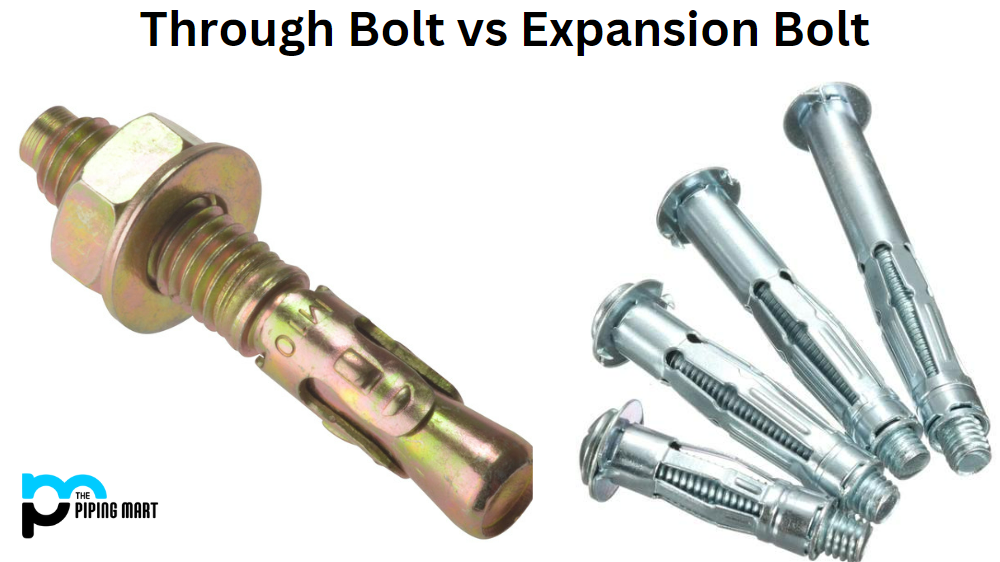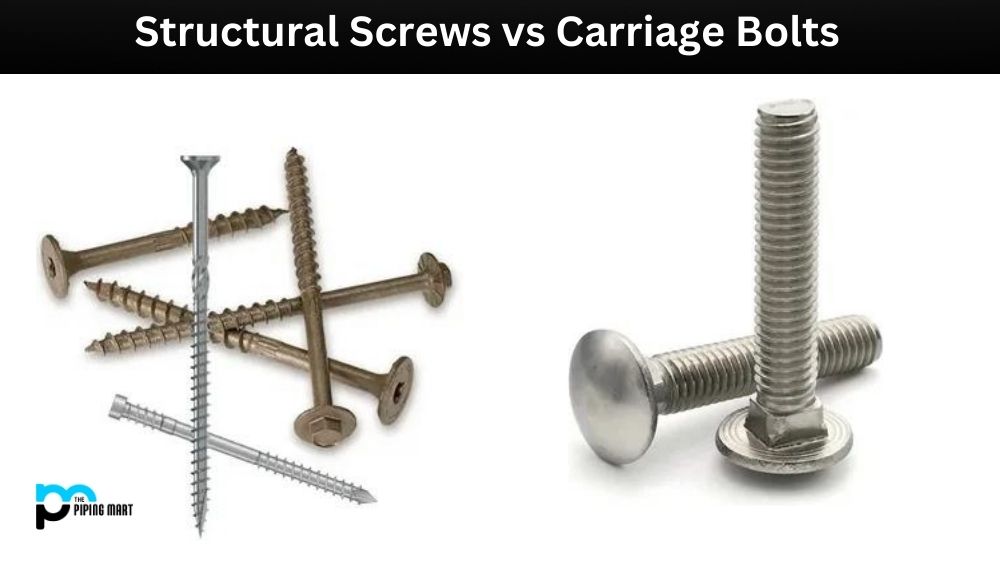If you are working on a metal project, rivets are fundamental in bringing all the components together. One type of rivet commonly used in the metalworking industry is a blind rivet. Blind rivets are known for their simplicity, speed of installation, and high tensile strength. In this blog post, we will explore the properties and uses of blind rivets and their applications. Whether you are a DIY enthusiast or a professional metalworker, this post aims to provide expert insights on blind rivets.
What is Blind Rivets?
Blind Rivets are special types of metal fasteners with externally visible mandrel heads. They are used in a variety of applications, such as joining two or more pieces of material together. The blind rivet is inserted into pre-drilled holes and secured when the mandrel head is pulled back through the body, deforming it to create an interference fit which holds secure even under extreme vibration. This makes them ideal for use in transportation, industrial machinery and construction.
Blind Rivets Properties:
One of the most notable properties of blind rivets is their blind installation design. When using a blind rivet, you can install the rivet from only one side of the workpiece without needing a second person to hold the other side. Blind rivets also offer high reliability and stability due to their mechanical lock feature that clamps the workpiece material. Blind rivets come in various materials, such as aluminium, steel, and plastic, which offer different properties, such as corrosion resistance, tensile strength, and cost-effectiveness.
Blind Rivets Uses:
Blind rivets are widely used in various industries such as construction, automotive, and aerospace. They are popular among professionals and DIY enthusiasts due to their ease of installation and versatility. One of the most common applications of blind rivets is installing metal ducting in HVAC systems. Blind rivets are also used in the automotive industry to attach trim, panels, and brackets to the body structure of vehicles. In aerospace, blind rivets join wings and fuselage structures due to their high strength and durability.
Blind Rivets Applications:
Blind rivets can join different materials, including metal, plastic, and composite materials. They are ideal for applications where disassembling must be kept at a minimum due to their permanent installation. Blind rivets can be used for projects like DIY furniture, metal framing, and metal sculptures. Blind rivets can be installed using a hand rivet tool that can be purchased at any local hardware store, making them accessible anywhere.
How to Use Blind Rivets:
Here is a step-by-step guide on how to install blind rivets using a hand rivet tool:
Choose the right size and material for the rivet based on the material you are working on.
Insert the mandrel into the nosepiece of the rivet tool.
Place the rivet into the hole on the workpiece and compress the handles of the rivet tool until you hear a pop sound.
Release the handles of the rivet tool and pull the mandrel towards you until it snaps off.
Check the rivet and workpiece to ensure that the rivet has been installed correctly and securely.
Conclusion:
Blind rivets are easy to install, reliable, and versatile, making them a popular choice for DIY enthusiasts and professionals in the metalworking industry. Blind rivets come in various materials and sizes, making choosing the right rivet for your project is important. Blind rivets can be used for various applications, including construction, automotive, and aerospace industries. They are also accessible, with hand rivet tools available at any local hardware store. We hope this post has provided useful insights on blind rivets, their properties, uses, applications, and how to install them.
Sakshee is a talented blogger, with a particular focus on the Business and Metal Industry. She is passionate about sharing her insights on various metal products and helping professionals to make a better decisions.




